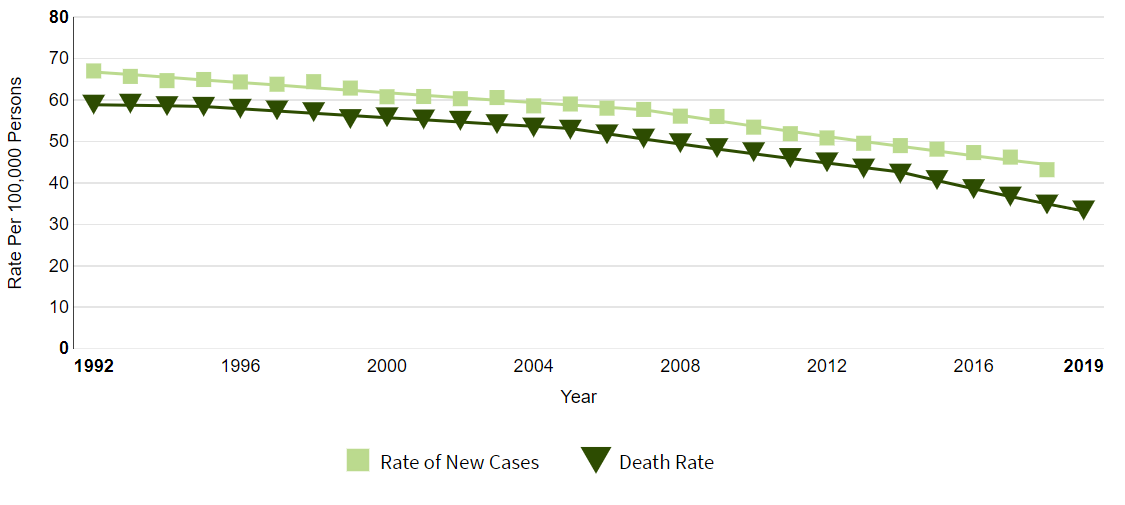- Joined
- Apr 16, 2004
- Messages
- 4,901
- Reaction score
- 6,039
Just saw this in Lancet Oncology: Link
Caveats are that it is a single, arm prospective trial and the comparison to surgical arm was based on case-matching, not randomization. But still both arms show overall survival of 91% at three years.
Finally a bit of good news in RO.
Caveats are that it is a single, arm prospective trial and the comparison to surgical arm was based on case-matching, not randomization. But still both arms show overall survival of 91% at three years.
Finally a bit of good news in RO.

